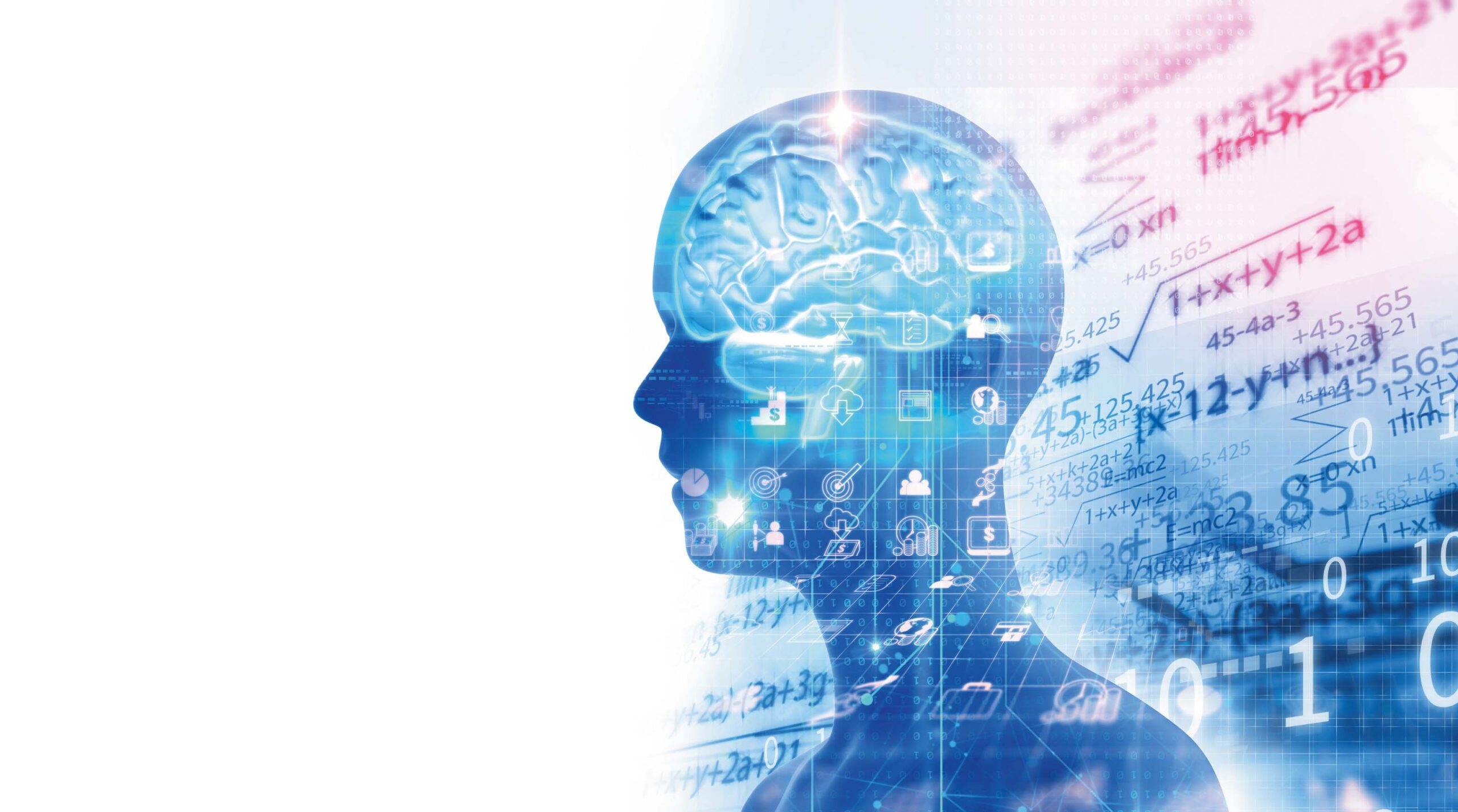
THERAPY-Magazin
Therapy 4.0
Discover how Therapy 4.0 uses digital tools like wearables and telerehabilitation to enhance mobility recovery, improve outcomes, and optimise therapist-patient interaction in stroke rehab.

Jakob Tiebel
Health Business Consultant
Rapid growth in digital healthcare
Digitisation in the healthcare sector is progressing relentlessly. The influence of digital technologies and big data on patient care is high. The increasing understanding of the use and evaluation of complex data creates innovative application scenarios that will be of great importance for the therapy of the future.
To this day, traditional therapy control and patient monitoring are based on proximity between the patient and the therapist. Due to the increasing lack of resources in therapy and the increasing complexity of data collection, a complete collection of health-related data will only be possible in the future with digital support.
Against this background, continuous patient monitoring is becoming increasingly important. The consulting firm Frost & Sullivan expects wearables, remote rehabilitation and patient engagement to become established in industrialised countries by 2025. This is supported by the results of the market study "Patient Monitoring Industry – Analysis of Investment and Trends 2018".
Remote digital patient monitoring data, combined with simultaneous currents of modern measurement sensors, will drive digital change in patient care. Clinically relevant data will be captured around the clock and expand the possibilities of therapeutic decision-making. Patients and therapists will together be able to make better decisions, which will lead to a better use of existing health resources and ultimately allow therapists to spend more time with their patients.
Digitisation in therapy obviously has great potential. It could improve patient outcomes and treatment quality, optimise access to care and reduce costs. To illustrate the effect on the interaction between therapist and patient, a practical example illustrating the benefits:
To this day, traditional therapy control and patient monitoring are based on proximity between the patient and the therapist. Due to the increasing lack of resources in therapy and the increasing complexity of data collection, a complete collection of health-related data will only be possible in the future with digital support.
Against this background, continuous patient monitoring is becoming increasingly important. The consulting firm Frost & Sullivan expects wearables, remote rehabilitation and patient engagement to become established in industrialised countries by 2025. This is supported by the results of the market study "Patient Monitoring Industry – Analysis of Investment and Trends 2018".
Remote digital patient monitoring data, combined with simultaneous currents of modern measurement sensors, will drive digital change in patient care. Clinically relevant data will be captured around the clock and expand the possibilities of therapeutic decision-making. Patients and therapists will together be able to make better decisions, which will lead to a better use of existing health resources and ultimately allow therapists to spend more time with their patients.
Digitisation in therapy obviously has great potential. It could improve patient outcomes and treatment quality, optimise access to care and reduce costs. To illustrate the effect on the interaction between therapist and patient, a practical example illustrating the benefits:
Mobility recovery
According to current guidelines for the rehabilitation of mobility after a stroke, patients in neurological rehabilitation should cover at least 1000 steps per day in order to increase the chance of mobility recovery. But who can prove this at the end of the day? Movement sensors, which record the movement behaviour and the distance walked or the number of steps taken by patients, could in future detect a deviation from the target at an early stage and signal the need for intervention to the therapist.
Ambulante Rehabilitation
Fachkreise
Stationäre Rehabilitation
Technology & Development
THERAPY 2019-II
THERAPY Magazine
Wohnen im Alter & Langzeitpflege

Jakob Tiebel
Health Business Consultant
Jakob Tiebel is OT and studied applied psychology with a focus on health economics. He has clinical expertise from his previous therapeutic work in neurorehabilitation. He conducts research and publishes on the theory-practice transfer in neurorehabilitation and is the owner of an agency for digital health marketing.
References:
Related contents
Find related exciting contents in our media library.
This is not what you are searching for? Knowledge
Meet our specialists.
Are you interested in our solutions? Schedule a meeting with a Consultant to talk through your strategy and understand how TEHRA-Trainer can help you to advance rehabilitation.
You need to load content from reCAPTCHA to submit the form. Please note that doing so will share data with third-party providers.
More InformationYou are currently viewing a placeholder content from Turnstile. To access the actual content, click the button below. Please note that doing so will share data with third-party providers.
More Information